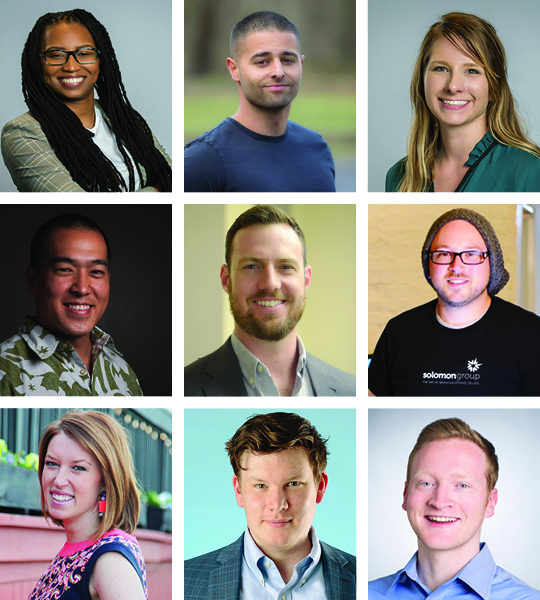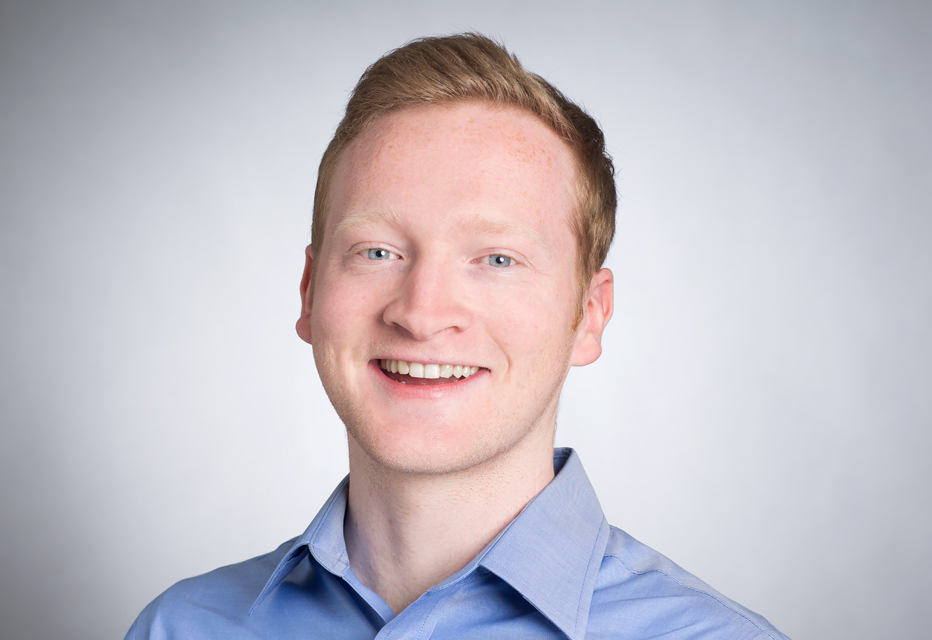Name: Scott Kelley
Title: Design Engineer
Company: TEECOM
Location: Oakland, CA
Overtime: Thanks to a colleague, Kelley recently found a new obsession in photography. He uses his DSLR to artistically document his first obsession, cars—particularly his quirky 20-year-old BMW M Coup, which he’s often tinkering with in his driveway.
Why You Need To Know Him: With a degree in electrical engineering from UCLA, you’d be forgiven for wondering how he’s come to working with DSPs instead of engineering them. In fact, he really didn’t even know much about the AV industry until some friends introduced him to the integration firm TEECOM, where he landed one, then two, internships during college. But then he never looked back.
“In a sense, they’re similar,” he said. “My work is an end result that I need to give to clients, and they don’t necessarily care or need visibility into what all the boxes behind the scenes are doing. As long as what we put into that whole system comes out looking like what they expected it to, then all is good. So that’s very similar, always considering the output.”
The basic, yet hard to learn ability of problem solving is what he’s bringing to his clients. Essentially, he said, he’s forever working with Legos.
“Taking a bunch of off-the-shelf parts that weren’t necessarily designed to work together, and figuring out how to connect them to produce a result that maybe they weren’t intended to produce,” he said. “That’s a fun engineering challenge.”
A Thing of Beauty: There’s more to his work, though, than just building a flat wall of bricks. Kelley grew up inspired by his father’s work as an architect, and though he claims he has “zero visual creativity,” he approaches projects with an eye for beauty as well as function. His goal in every project is to create a space that’s exactly what the customer wants, but is also designed in many ways he didn’t realize he needed—for instance, tables and displays that are aligned, or switches and control panels that are placed intuitively.
“Most of the time, we’re working with and for the architect. In my view that means helping them achieve not only the client’s vision, but also their aesthetic vision for the space,” he said. “So the more we can integrate AV technology into the furniture or the walls or the built environment in such a way that it looks intentional rather than like an afterthought, that’s what I strive for.”
The Virtual Realities of Design: For Kelley, ensuring a project goes smoothly requires solving problems before they happen and keeping everyone in the loop at every step along the way. A big part of that design workflow includes virtual reality (VR), which helps with both addressing potential issues and providing open communication. The team models projects in Revit, allowing architects and clients to see how a room will look in 3D from a human perspective, and then it’s exported and processed into an app that can be used with a VR headset and a phone.
“It helps them make decisions as to what displays to use, where to put them, how to do the speakers,” he said. “It helps for coordinating architecture to AV and the owner’s expectations.”
Still, improvements can be made to the technology, and he’s looking forward to the possibilities.
“Augmented reality could take this a step further, empowering us to create models through real-time collaboration with clients, contractors, and other designers,” he said. “In an ideal case, those models could be exported almost automatically to construction plans for use in the field, reducing coordination headaches and ultimately the overall construction cost.”
Get to know the rest of the 2018 class of The Nine.

